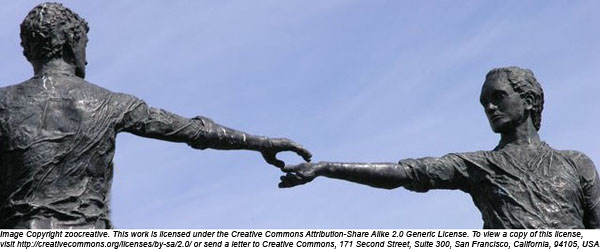
Northern Ireland Archive

Bill Rolston and Pauline Hadaway
Files
Date of Film
2008-05-26
Description
Bill Rolston goes through the history of murals in Irish history. He breaks them up into Loyalist murals and Republican murals. He covers the history of murals in Ireland from 1908 to the present day. He discusses the changing and adapting of the Loyalist and Republican murals due to the many years of peace. Following this, he takes questions from the audience. Most of these questions relate to how one would go about painting a mural. After this, a short break is had and Pauline Hadaway begins her lecture on her photography group and what it does. Computer difficulties are unfortunately had, so the presentation is cut short and the final 20 minutes of tape is just blackness.
Keywords
"UVF, UDA, Loyalists, Republicans, IRA, murals, sectarianism, racism, Belfast, Ulster, Ardoyne, Stephen Lawrence, Robert Hamill, Protestantism, Catholicism, Holy Cross, Woodville, Shankle Road, Battle of the Boyne, King Billy, King William III, Derry City Council, Home Rule, British army, origin of Ulster, Ulster-Scot, One Party Rule, Che Guevara, Cuchulainn, mythology, PLO, Palestine, ceasefire, memorial, East Belfast, West Belfast "
Rights
yes
Subject/ Interviewee
Bill Rolston and Pauline Hadaway
Topics covered
UFF, UDA, IRA, Loyalists, Republicans, Ireland, murals, muralists, International Womens' Day, the Troubles, East Belfast ,West Belfast, Ardoyne, Catholics, Protestants, Catholic school children, King William III, Michael Stone, World War I, Ulster, the Red Hand of Ulster, the British Saints, Hunger Strike, Hunger Strikers, Sinn Fein, ceasefire. He goes over all of the Loyalist and Republican murals since 1908 and how they have been influenced by the paramilitaries, by each other, by peace, and by other factors.



Video characteristics
This is a MS of Bill Rolston from his chest to his head. The lighting is good for the screen but terrible for Mr. Rolston. The audio is good an the quality of the picture is good. After about ten minutes, Mr. Rolston fields questions from the audience so the camera zooms out to a WS of Mr. Rolston that also displays the audience. When one member of the audience asks a question, the camera moves to a close-up of that individual. After the audience takes a break, Pauline Hadaway gives her permission to be videotaped. The same shot as before is applied, so she is difficult to see on account of the poor lighting, but the screen is easily viewed. The quality is fair as well as the audio. When she is done presenting, the camera turns to black for the remaining 20 minutes.